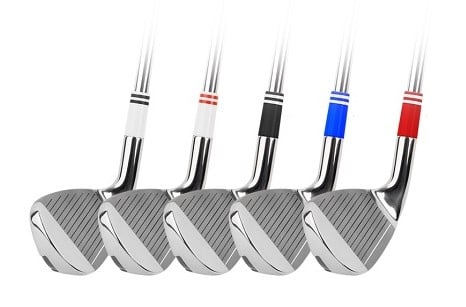What is a Ferrule and Do I Need One?
What is the purpose of a golf ferrule?
First of all, the golf ferrule is the black piece located just above the club head's hosel. The purpose of a ferrule is to provide a smooth transition from the top of the hosel into the shaft. For the most part it is to provide a nice cosmetic element to the golf club. The ferrules are typically manufactured from plastic and may be all black or have colored trim rings attached. Ferrules can be grouped into two categories: standard and repair ferrules. We will discuss repair ferrules a little later.
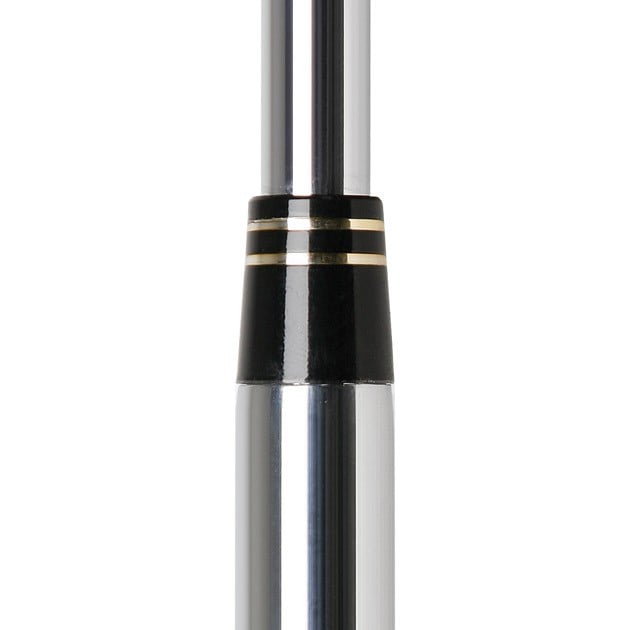 Do you need a ferrule on a golf club?
Do you need a ferrule on a golf club?
Well, it really depends upon the clubhead. If the top of the hosel of the clubhead is flat or square, it is intended to have a ferrule installed. Nearly all clubheads are made this way today. However, certain clubhead have been made with a beveled hosel, or one that tapers slightly at the top, that is not intended to be used with a ferrule. A prime example of this type of hosel is the Ping iron heads. Selecting ferrules is not only of a cosmetic discussion, but one of which one(s) fit best. There are ferrules manufactured to different inside diameters to accommodate all different shaft tips. In addition, the outside diameters of a ferrule all don’t have the same exact diameter. Keep in mind as well that the hosels of clubheads aren’t all the same size either. Knowing these dimensions can save you time when ordering.
In years past, the outside diameter of the ferrule was typically larger than the average hosel, so that the clubmaker could be “turn down” or sand the ferrule flush with the outside diameter of the hosel to provide a smooth transition. Many clubmakers find turning ferrules takes up valuable time or they simply don’t have the right equipment to do so. To eliminate the need for sanding the ferrules it is useful to have an appropriate sized ferrule. However, in the case where the ferrule is undersized then this shows poor workmanship. The best scenario is to find a ferrule that fits almost precisely. Please realize that there are tolerances with the outside diameters of the hosels as they are hand polished during the finishing process. Therefore the ferrules and hosel will not match outside diameter for outside diameter each time. This is the reason why turning down a ferrule is the most acceptable method.
At Hireko, we try to manufacturer all our iron heads with approximately the same diameter (0.540” or 13.7mm) so most of our ferrules we stock fit very close. Woods on the other hand may not all have the same diameters because of the different materials the hosels are made from and the dimensions needed for strength. Many titanium drivers have hosel diameters close to 0.500” (12.7mm), while stainless steel fairway woods measure closer to 0.480” (or 12.2mm). Add in aluminum woods, and you have a third dimension of @ 0.515” (13mm). Since aluminum woods are not found often today, most wood ferrules are made closer to the 0.500” outside diameter for both titanium drivers and stainless fairways alike. The ferrules on the fairways will need to be sanded to size.
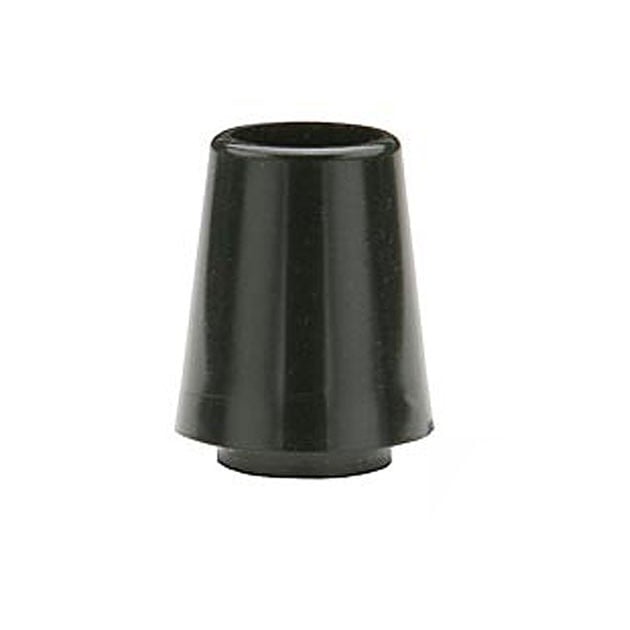 Collared Ferrules
Collared Ferrules
There are other types of golf club ferrules you will see. One of which is called a “collared” ferrule. These ferrules have a flange below the ferrule itself that fit into the countersunk portion of the hosel in order to reduce stress of the shaft. The collared ferrules are precision manufactured pieces. However, the countersink of a clubhead is done quickly at the foundry to remove any material from the interior of the hosel. Unfortunately, it may be required to re-countersink the hosel in order for the collared ferrule to fit flush. If you don’t use a collared ferrule, epoxy will fill the gap where the countersink of the hosel is.
Specialy Ferrules
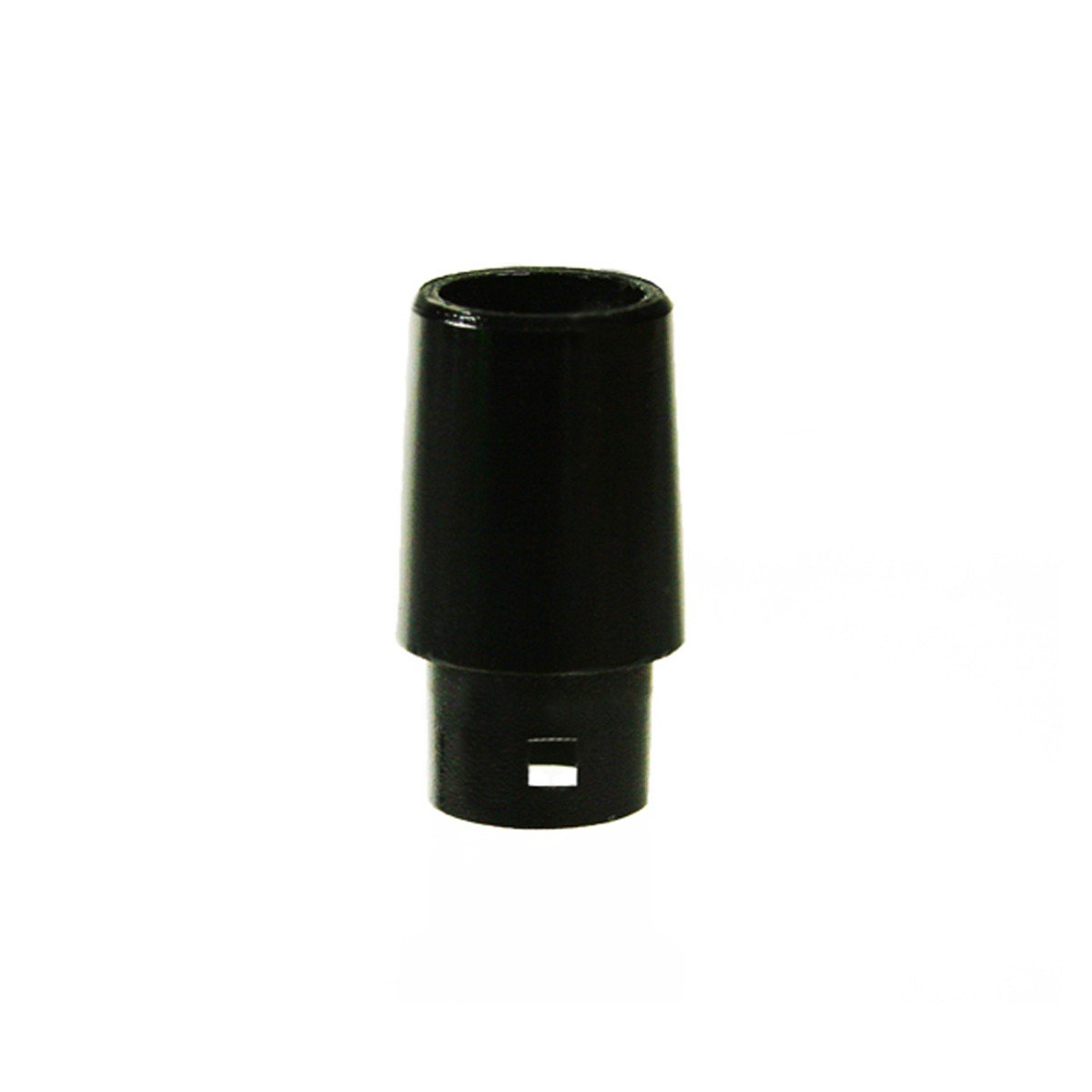 Another group of ferrules are referred to as repair ferrules. These are specialty ferrules for different applications or for specific clubhead designs (normally large OEM manufacturers). Some ferrules will react as hosel reducers to allow a smaller diameter shaft to fit inside a slightly larger hosel diameter. Many OEM manufacturers have 0.350” hosels, but there are not as many .350” shafts to choose from. So a special ferrule can act as the ferrule, plus reduce the hosel opening to 0.335” in order to have access to many more models. This is a totally acceptable practice that will not compromise the shaft if properly installed.
Another group of ferrules are referred to as repair ferrules. These are specialty ferrules for different applications or for specific clubhead designs (normally large OEM manufacturers). Some ferrules will react as hosel reducers to allow a smaller diameter shaft to fit inside a slightly larger hosel diameter. Many OEM manufacturers have 0.350” hosels, but there are not as many .350” shafts to choose from. So a special ferrule can act as the ferrule, plus reduce the hosel opening to 0.335” in order to have access to many more models. This is a totally acceptable practice that will not compromise the shaft if properly installed.
Occasionally, you will run into a clubhead that will require a specific ferrule all onto itself. A couple of examples would be the Ping ISI and Wilson Fat Shaft models. In some cases, a special aftermarket replacement ferrule will be manufactured by an independent ferrule producer if they feel there will be sufficient request. Tooling for small plastic parts is very expensive. It should be noted that the manufacturer of the heads will not usually offer for sale the specialty ferrule they use in their own clubheads.
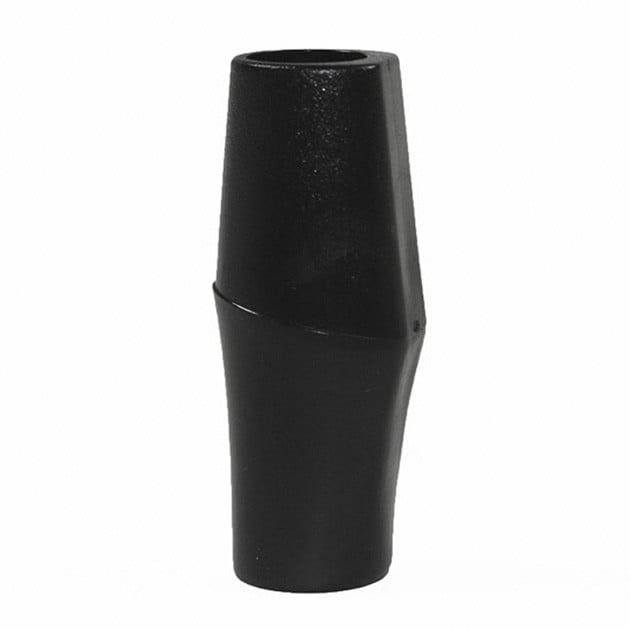 Final Thoughts
Final Thoughts
Hopefully, this will help explain the reason for the ferrule and how to order them in the future. One other word of wisdom, when selecting the length of the ferrule, it should be proportional to the length of the hosel. That is, a shorter ferrule looks better on a short hosel and a longer ferrule looks better on a longer hoseled club. If you re-shaft a golf club, you will likely destroy the ferrule. Anticipate using a new ferrule to replace the old one.
> SHOP ALL GOLF FERRULES HERE
Related articles:
How to Turn Ferrules with a Belt Sander
How to Move a Ferrule that Has Crept Too Far on a Shaft
Tips From the Bench: How to Remove a Ferrule


